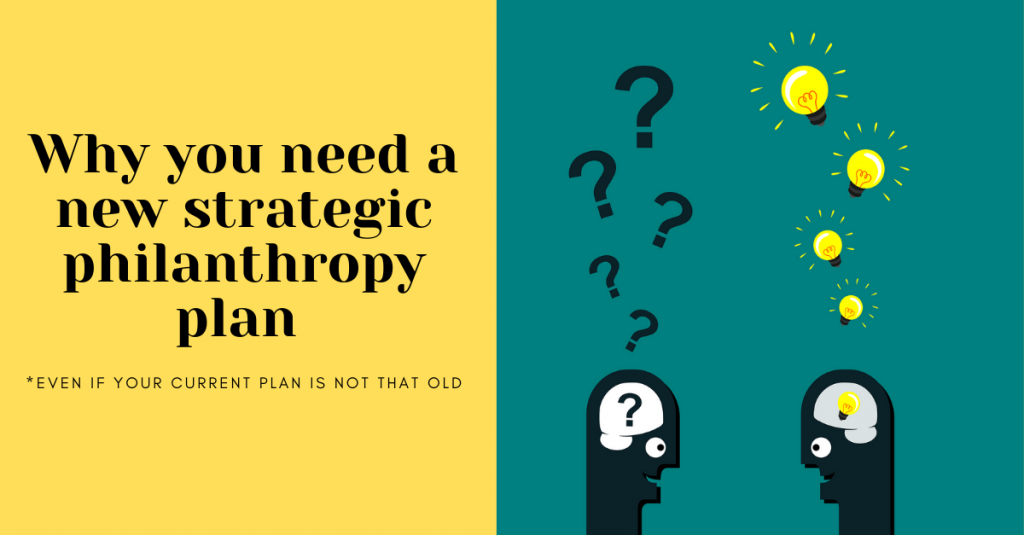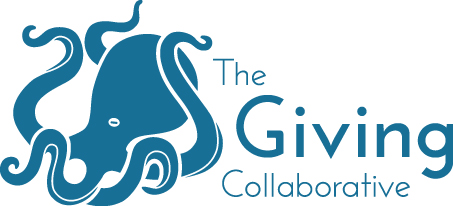
Crisis fundraising is not easy. There is no playbook that we can easily follow. Seven months ago, everything changed as Covid-19 spread through the U.S. At first, many decided to take a “wait and see” approach and held back our fundraising activities. This hesitation lasted quite some time for some organizations (maybe you are still taking this approach where you work?), while others quickly pivoted and continued fundraising.
One thing that is true of all organizations (unless you created a strategic plan after the pandemic began), your current strategic plan is outdated and irrelevant. No, this does not mean that you must throw away what you have and start from scratch. Much of what you were doing still holds, but enough has changed to mandate a fresh look at your structure and fundraising plan. Change in crisis is complicated and sometimes leads to incredibly challenging decisions, but it is critical to future success.
Below is a suggested approach to conducting an assessment in four core phases:
Phase 1: Conduct a Design and Strategic assessment session, which will include:
- A SWOT (strengths, weaknesses, opportunities, threats) analysis
- Clarification on your funding priorities and funding sources, which may have changed since the pandemic began.
- Review of leadership, staff, volunteers, infrastructure, and resources.
- Consideration of your day-to-day operations and overall fundraising environment, assessing capabilities
- Review of strategy, goals, mission, and vision.
- Measuring the effectiveness of your philanthropy program in terms of ROI
Phase 2: Philanthropy Capacity Assessment:
- Assess your CRM database
- Database capacity and wealth screen
- Predictive gift modeling
- High-level initial strategies for cultivation and solicitation
Phase 3: Gather benchmark data and analyze results
Phase 4: Implementation
Based on the design and strategic assessment session results, capacity assessment, and benchmark data, you will be ready to create your updated strategic plan.
Deliverables in your 2020-21 Strategic Plan need to include:
- Funding priorities and opportunities determined in part by the SWOT analysis.
- Reimagined operations, staffing, and volunteer structure, based on new philanthropy goals.
- Specific “High Impact Actions” moves.
- Detailed stewardship activities to ensure long-term engagement.
- Determine state, regional, and local philanthropy capacity, taking a fresh look at your donors’ ability. There is the possibility of a shift after the pandemic began for better or worse.
- Create a plan that creates sustainability for your organization. Make sure that you are crafting something that will help your organization flourish long into the future.
- Shared or consulting services. This is an opportune time to consider sharing services with a sister organization or part of your system to save money. If you must right-size, using a consultant to bridge the gap can also be a way to save money.
- Reimagine what your shop looks like in the new normal. Sometimes a crisis is an opportunity to move in a direction that you did not expect.
The Fall of 2020 is not the time for you to sit on the sidelines. Competing organizations are raising money. Do not get left behind.
Author, researcher, Professor Martha Rogers put it plainly:
“When your headlights aren’t on, the best rearview mirror available isn’t likely to improve your driving.” Martha Rogers


About The Author: David Garamella
David is an accredited fundraiser with over 25 years of executive and consulting experience in philanthropy. Before forming The Giving Collaborative, he served as Philanthropy Counsel for the 150 affiliated Hospitals of the Planetree Alliance and Chief Development Officer for Griffin Health Services as well as Chief Philanthropy Officer for Rhode Island Hospital, the Academic Medical Center of Brown University. He has a proven record of developing new programs and highly successful fundraising teams for healthcare, higher education, and other not-for-profit organizations.
More posts by David Garamella